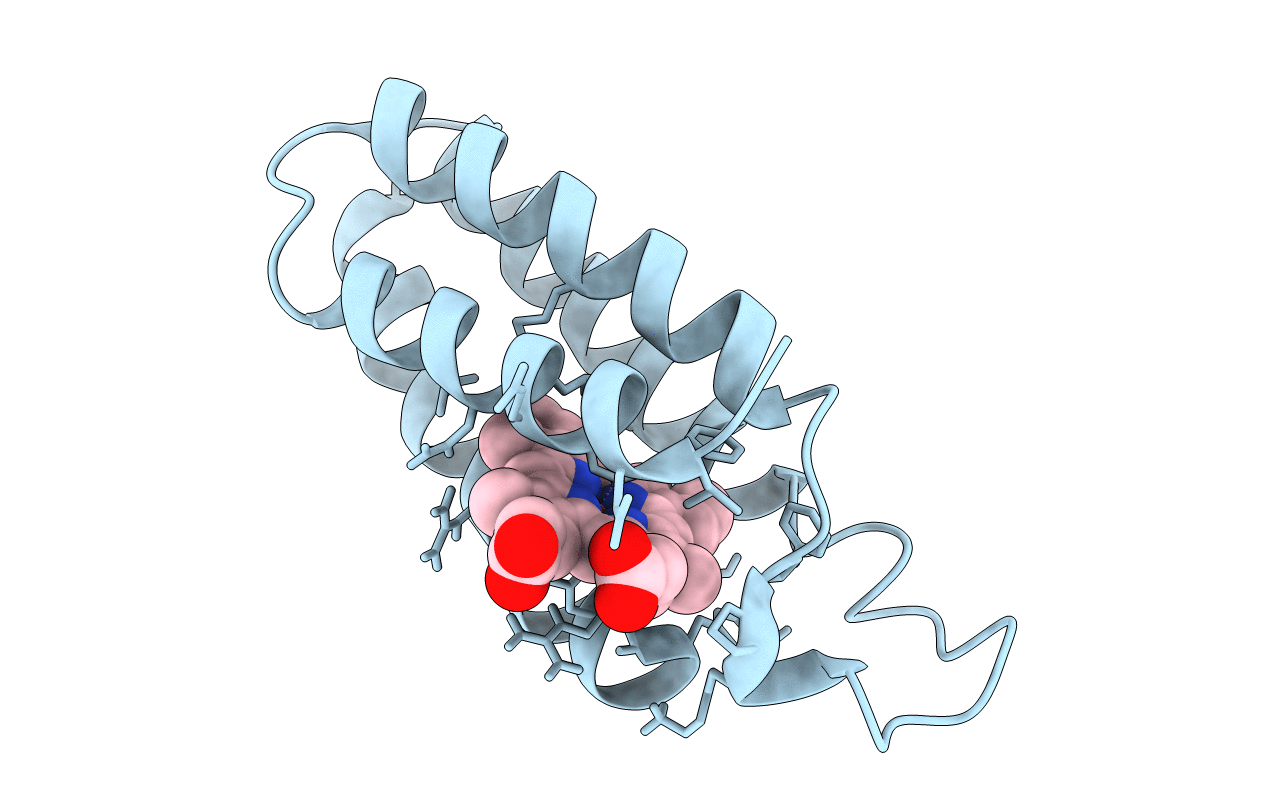
Deposition Date
1999-05-30
Release Date
1999-06-02
Last Version Date
2024-05-22
Entry Detail
PDB ID:
1QPU
Keywords:
Title:
SOLUTION STRUCTURE OF OXIDIZED ESCHERICHIA COLI CYTOCHROME B562
Biological Source:
Source Organism:
Escherichia coli (Taxon ID: 562)
Host Organism:
Method Details:
Experimental Method:
Conformers Submitted:
1


